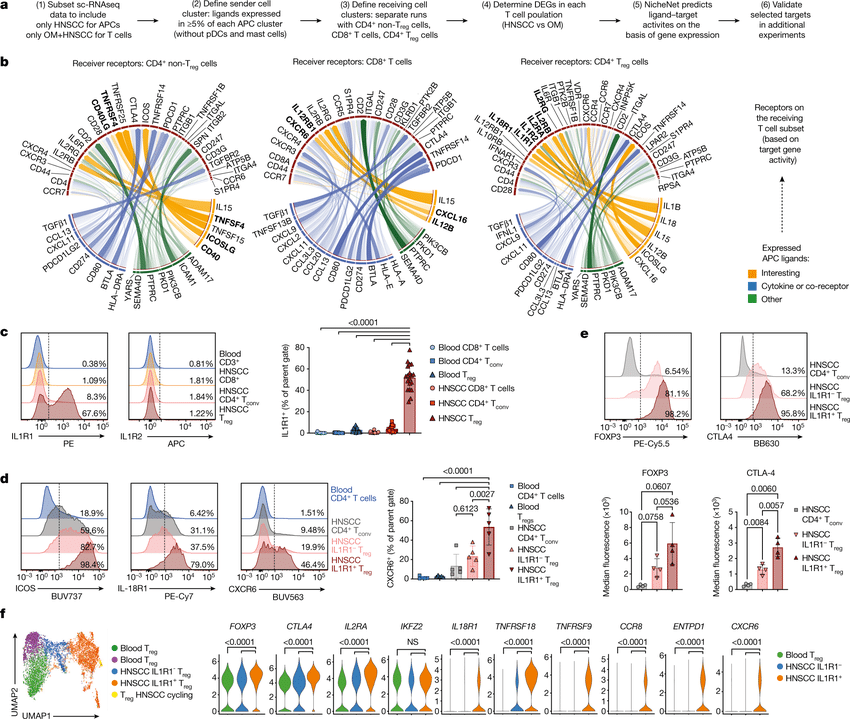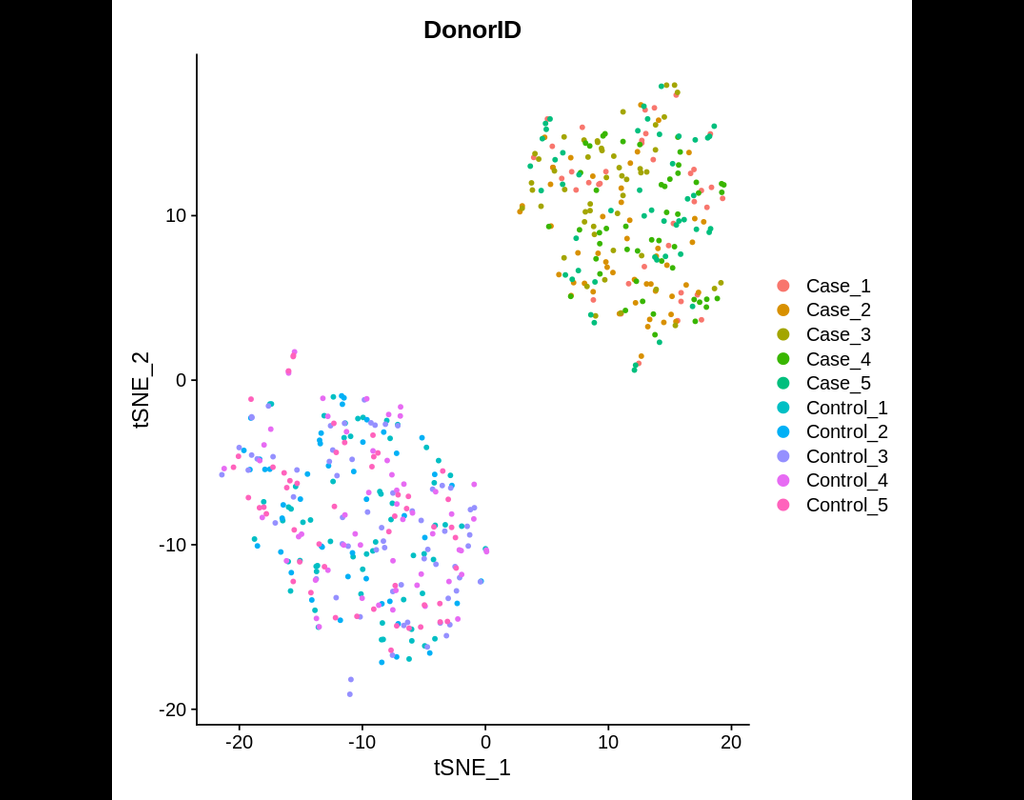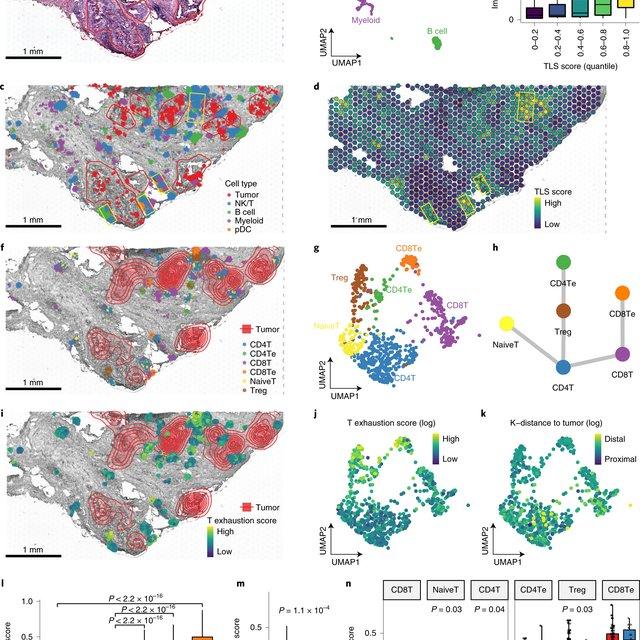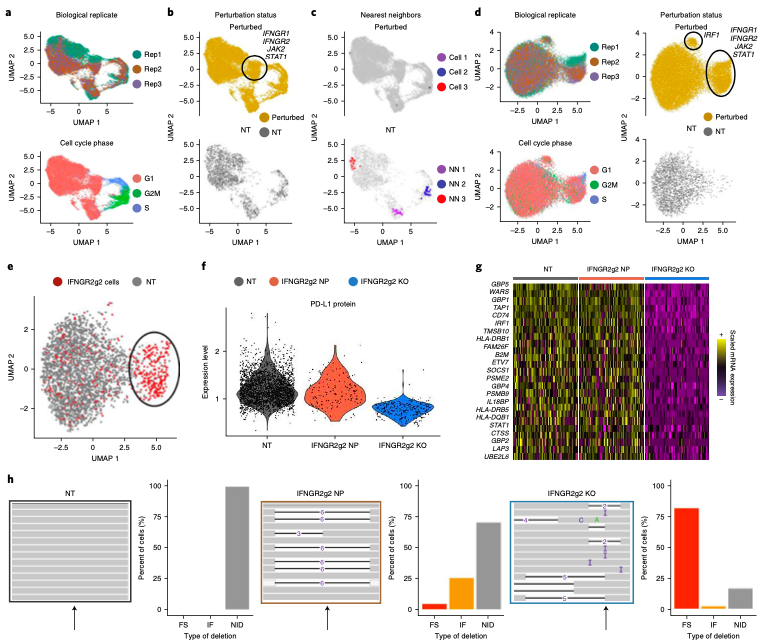Notebooks
Premium
Trends
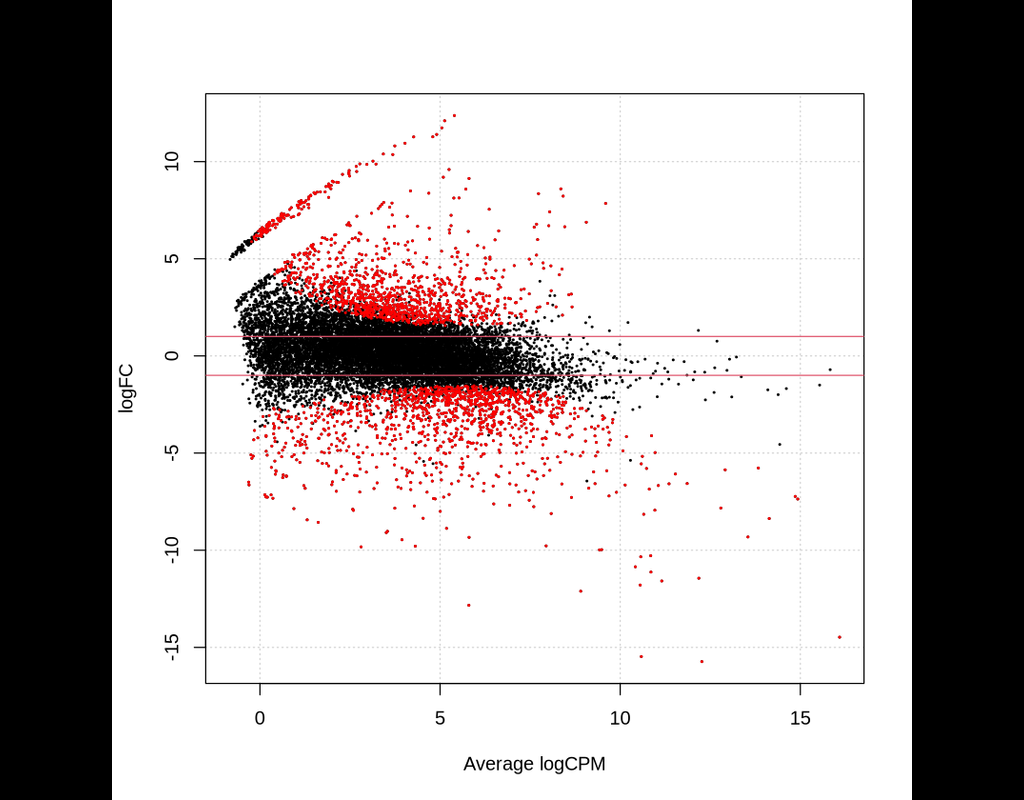
BioTuring
This notebook provides an overview of the Bioconductor package edgeR for differential expression analyses of read counts arising from RNA-Seq, SAGE or similar technologies. The package can be applied to any technology that produces read counts for genomic features.
edgeR implements statistical methods based on generalized linear models (glms), suitable for multifactor experiments of any complexity. The glm functions can test for differential expression using either likelihood ratio tests or quasi-likelihood F-tests.
A particular feature of edgeR functionality, both classic and glm, are empirical Bayes methods that permit the estimation of gene-specific biological variation, even for experiments with minimal levels of biological replication.
edgeR can be applied to differential expression at the gene, exon, transcript or tag level. In fact, read counts can be summarized by any genomic feature. edgeR analyses at the exon level are easily extended to detect differential splicing or isoform-specific differential expression.



